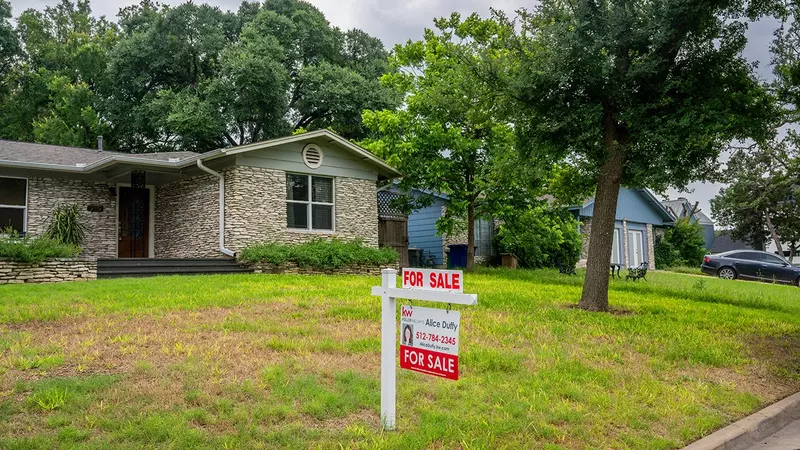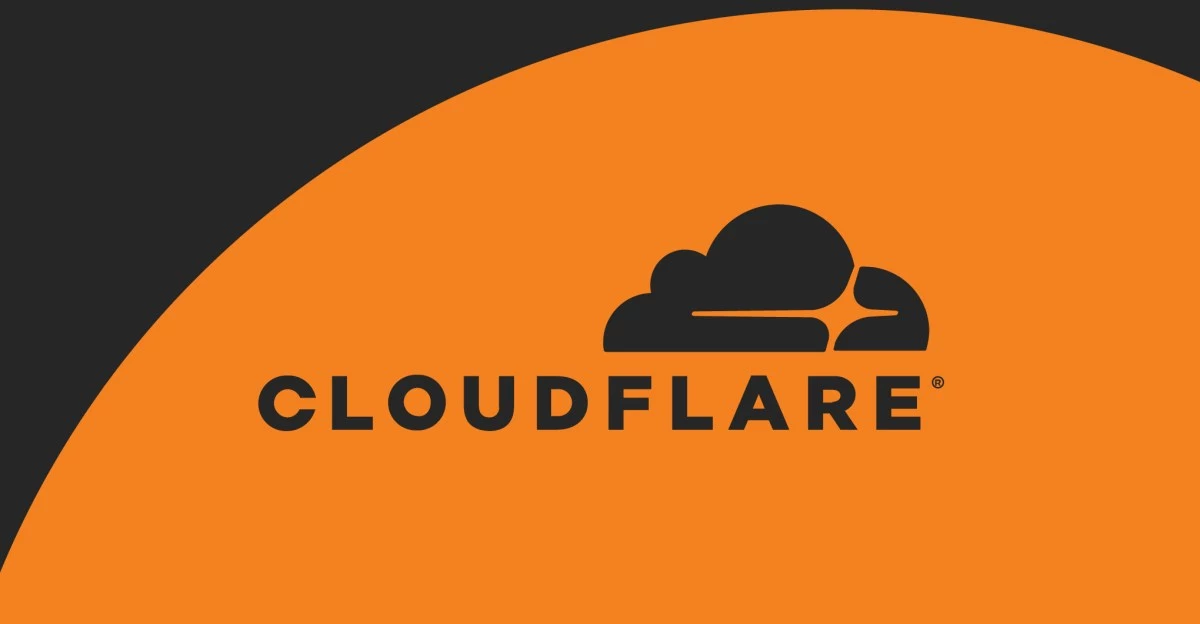America’s housing market right now could best be described as a financial obstacle course, with more twists and turns than a rollercoaster. According to a recent report by real estate data provider ATTOM, affording a home has become a steep uphill battle for millions of Americans. The report analyzed 572 U.S. counties and found that in about 80% of those areas, the median-priced homes are financially out of reach for the average income earner, who makes approximately $71,214 annually. This paints a stark picture of the current housing market landscape and highlights the growing challenge of homeownership in the United States.
Rob Barber, CEO of ATTOM, emphasized the gravity of the situation in the report, noting that the current affordability data presents a significant challenge for homebuyers. The combination of rising home prices and persistently high mortgage rates are making it increasingly difficult for potential buyers to enter the market. The second and third quarters of the year saw spikes in both home prices and mortgage rates, exacerbating the affordability crisis. For a typical home sold during the second quarter, the major homeownership expenses demanded an annual income of $90,598 to be considered affordable. This figure is more than 25% higher than the average national income, highlighting the significant gap between earnings and housing costs.
The pandemic played a crucial role in shaping the current housing market scenario. Homebuyers, armed with stimulus cash and a newfound craving for more space, capitalized on historically low mortgage rates by flocking to the suburbs. This unprecedented demand coupled with limited inventory led to a frenetic market where some buyers went to extraordinary lengths, such as waiving home inspections and appraisals or paying considerably over the asking price to secure a home. However, this frenzy was short-lived. The Federal Reserve’s aggressive interest rate hike campaign—the most forceful since the 1980s—aimed to curb runaway inflation by cooling down the overheated economy. As a result, the average rate on 30-year mortgages soared above 8%, the highest it’s been in years.
These increased mortgage rates have created what can be referred to as a “Golden handcuff” effect in the housing market. Homeowners who secured mortgage rates as low as 3% or less during the pandemic are now reluctant to sell their homes, given the significantly higher rates they would face if they were to buy a new property. This hesitancy to sell has further strained the already tight housing supply, leaving even fewer options for eager would-be buyers who are trying to navigate this increasingly unforgiving market.
For potential homebuyers currently grappling with these challenges, using a mortgage calculator to understand the financial impact of these high rates is crucial. It’s more important than ever to have a clear view of what one can afford and to make informed decisions before diving into the housing market. The current landscape demands careful financial planning and a realistic assessment of one’s purchasing power.
The dream of owning a home, a cornerstone of the American dream, seems more distant for many as affordability continues to deteriorate. As the report from ATTOM underscores, the interplay of rising home prices and high mortgage rates is creating a formidable barrier to homeownership, one that will require innovative solutions and possibly substantial policy interventions to address. Until then, navigating this challenging market will remain a daunting task for many aspiring homeowners.




 By
By




 By
By
 By
By
 By
By
 By
By







